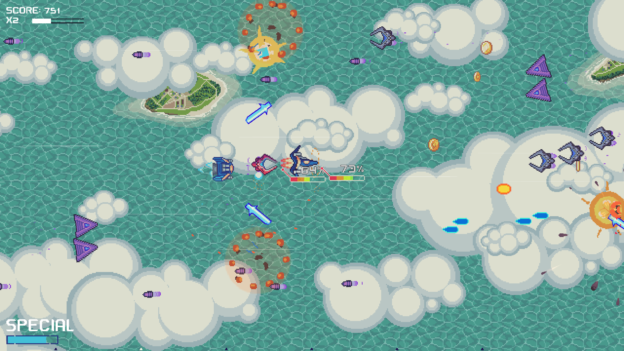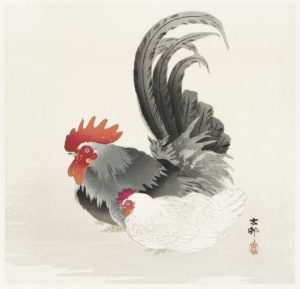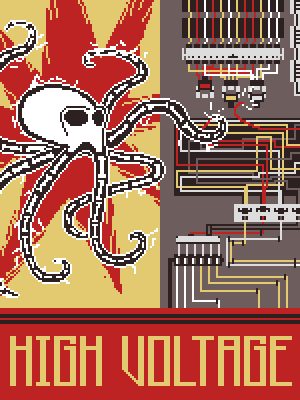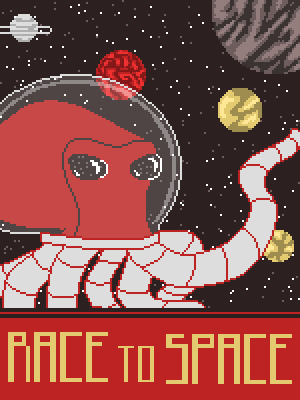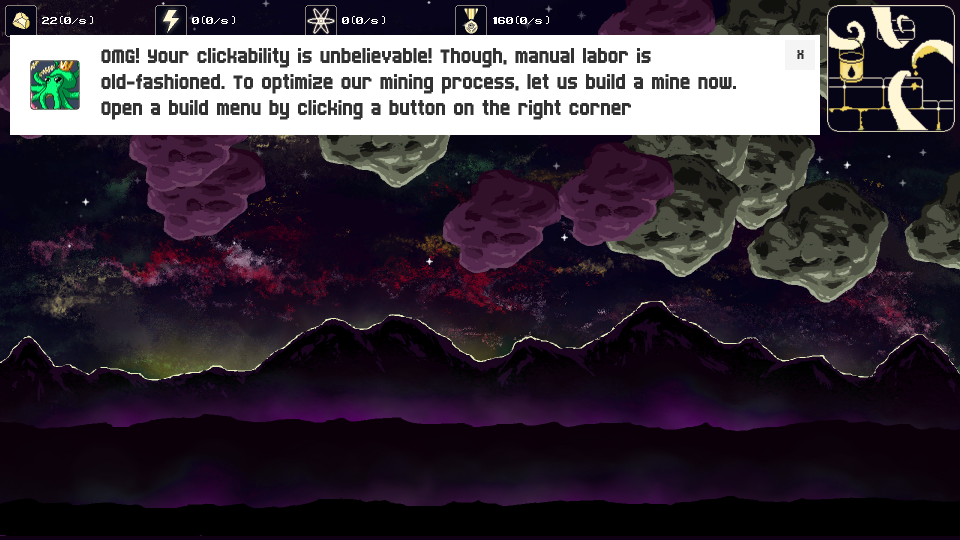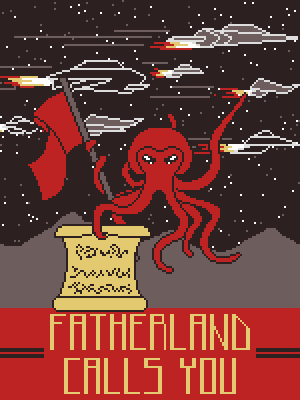A year ago I’ve published an article about surviving two years as indie developer. On 26th of January 2019, my company turned three years old. 2018 was a year of changes and new revelations, so I’ll try to outline them here. I hope these things will give you a perspective if you are only planning to go into indie / starting out.
My background and current situation: I am 29 years old and live in Riga, Latvia. After doing web development, I went to work as C++ dev for 4 years and then quit my job to start making games. The first year was all about libgdx, until eventually I moved to Unity. My studio has one other employee apart from me. In the end of 2017, we released a _relatively_ successful indie game Lazy Galaxy which combined incremental and RTS game mechanics.
I’m a bit conscious of writing these. If you are a seasoned indie developer – I think you might laugh at my advice/experiences. But if you are thinking about starting out professionally – I’m hoping this could save you some pain. Here goes.
Success of one game does not guarantee the success of the next one.
I guess this is obvious. Still, subpar launches will affect you in a way even if you rationally understand it. When I was launching Lazy Galaxy: Rebel Story, I was fairly confident that “same franchise, different genre, but I’m going to make it.” Yeah, it did not go great even though it’s my highest-quality game so far when it comes to production value.
Aim for niche. But not super-niche niche.
There are too many variables in why Lazy Galaxy release worked and Lazy Galaxy: Rebel Story did not. I think the incremental game PC market is underpopulated. I also I added a good twist (RTS battles).
For Rebel Story, I went for a SHMUP genre (there weren’t many popular shmups released in 2018 at that point, so I felt I had a chance). The niche might have demand, but it’s way smaller than incrementals.
Do your market research! If your gifs are getting 5-10 likes on Twitter during #screenshotsaturdays, it’s probably not the project you should be focusing on. Same goes for finding a publisher. If you want a publisher and everyone keeps rejecting you – maybe (but not necessarily) you have a risky project on your hands. YMMV.
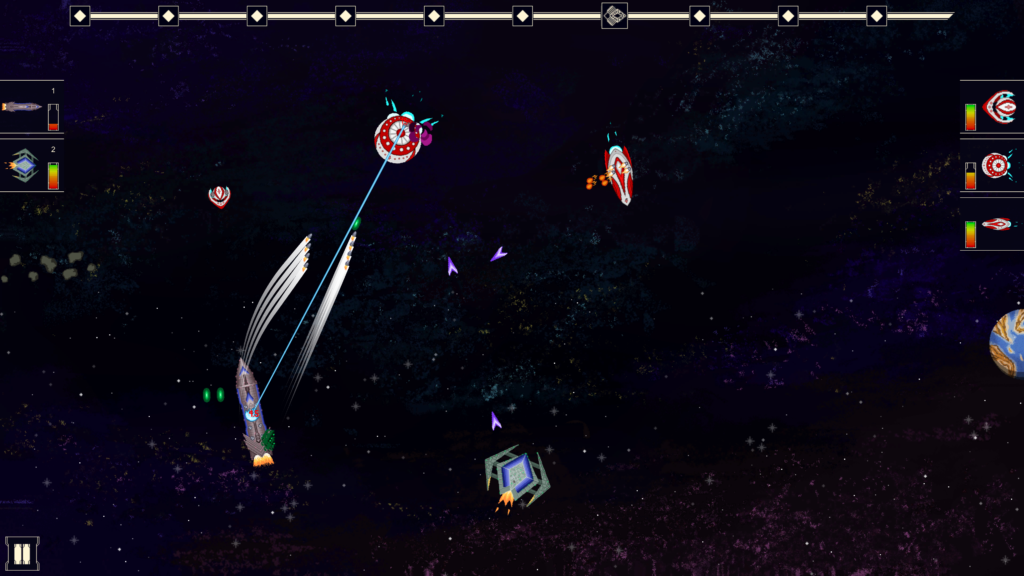
Lazy Galaxy
Project Scope
Rebel Story took 4 months to make and 2 months to port to Consoles. So far it’s a loss, but it’s (hopefully!) going to be OK in 6 months if I combine the sales on all three platforms. It would not have been OK if the project was longer and if it required more manpower. This is just how it is.
For now I’m still sticking to 6 month projects. Lazy Galaxy was 10 months. But it was that way because it had traction at the release, and I could see that I could keep up with the development without going bankrupt. As soon as sales stopped, I did one more month of updates (adding features on a game that left early access) and moved on. I’d love to heave a project of my life, but it was not it.
I think it’s sensible to not spend more than 6 months on a game if you don’t have enough sales or funding to warrant it. No, that does not mean that you need to abandon your games. That means that you need to have a feature-complete game that could be made in six months. In addition to that, you need to have a plan for how you would update and expand it if it goes well. Be ready to embrace success, but budgeting for failure is also important. You don’t want to go broke if one of your projects failed 🙂
Early access launch is not necessarily “the main and only launch”
At least for small and mid-size indies. Back in 2016-17 I remember people telling me that the early access launch is the main thing that matters and you won’t have a second chance on “normal launch”. I don’t find it to be true, at least not anymore. In my case, Lazy Galaxy got more sales during the launch month than it did when it got to early access.
Which brings me to the next point.
The game release is a sequence of decisions.
Don’t stress it. I can’t pinpoint that one decision that would make the game flop or bring it to the top. I see devs (myself included) worry about release dates, steam tag, twitter presence, handling early access or “you name it” all the time.
Right now I think that if you mess up in one of these points, things can still work out. There is luck factor involved. You can also do some things right and still fail. Doing things properly just gives you a higher chance to succeed.
Lazy Galaxy was getting 15-20 likes on good #screenshotsaturdays. But it still did OK on launch. Lazy Galaxy had 14th of December release date (bear in mind that it was easier in 2017), but it still did OK. You might luck out, but why risk it if you know better?
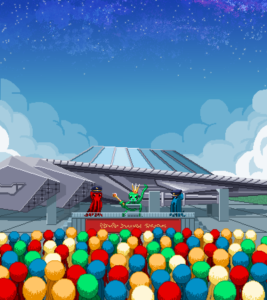
Mentorship
In the second half of 2018, I managed to get a help of a mentor! Lottie Bevan from Weather Factory kindly agreed to have short monthly calls or email consultations whenever I needed help. I want to say that this really helps to add perspective to whatever you are doing, even if you feel like you “have it figured out. It really helps to discuss your issues with someone, and getting honest feedback. It has been a tremendous help and I really appreciate it.
Statistics? Data?
First, the (seemingly) depressing graph. Company revenue ( from both freelance and our own games ) vs expenses.
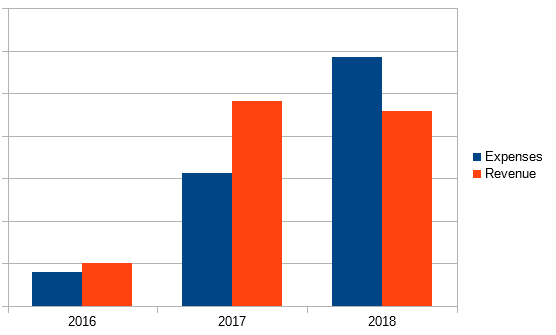
As you can see, the 2017 revenue mostly went to cover our expenses in 2018. 🙂 I am still paying myself close to minimal salary, but it felt more stable this year (I had to skip a few months in 2017 and almost every month in 2016). There is a nitpick though.
Here’s the revenue from my games compared to the income from freelance activities:
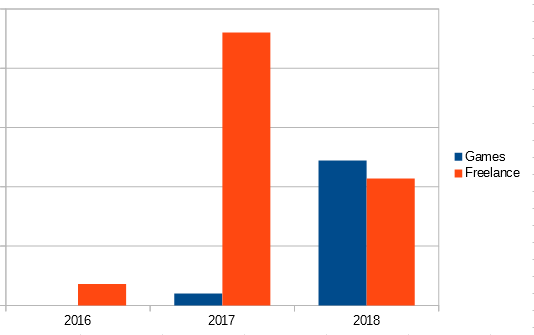
2016-2018, Revenue from freelance vs revenue from games
Our own games made the company more money than freelance in 2018. Isn’t it cool? Still not enough to sustain 2 people, but I’m pretty excited about what’s to come in 2019. Seriously.
Bear in mind that I was working on my own games every year at least 50% of the time. 2016 was a terrible year money-wise. My games were subpar to say the best. 2017 was OK, because I could find side-jobs and get some game-related freelance gigs, which I consider to be a step forward. The release of the small arcade game, Frequent Flyer, helped as well.
At the end of 2017, I launched the early access of my game Lazy Galaxy, and released it in March 2018. This proved to be my most-successful game so far. It is fair to say that it broke even and is even bringing a small-ish profit now (my sales dropped by ~70% after October changes though, but maybe it’s not directly related? the game was rather old at that point).
Consoles are pretty cool.
Lazy Galaxy: Rebel Story did not do well on Steam, but consoles fared much better. Both Nintendo Switch and Xbox outsold Rebel Story on Steam. Even though it’s not a huge success story like late indies of 2017, the game did considerably better on consoles.
I still have no idea how consoles pick which developers they want to approve or deny. Even if I did – it would probably be under NDA. I think credibility and released games matter: some people I know could not get in even with better-looking games (compared to Rebel Story) because this was their first game.
In any case: if you can – diversify. If you can’t get to consoles, try to design your games to support phones. Every bit helps. Maybe not so much with phones, but it gives you extra exposure and mobile games are much easier to show at social events.
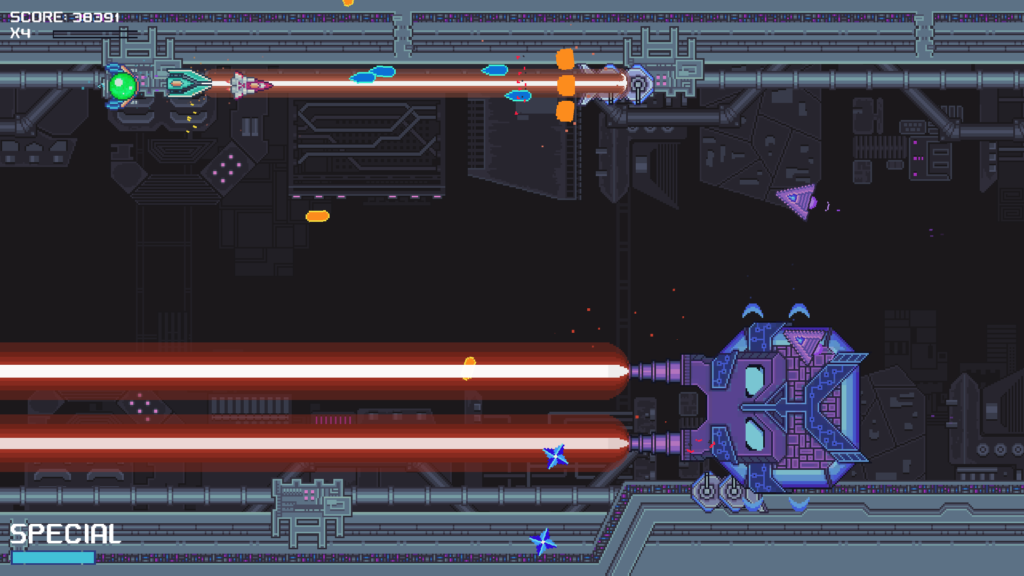
Lazy Galaxy: Rebel Story
GDC
I got a scholarship for GDC, covering the attendance ticket and accommodation in SF. Even though the plane tickets are not cheap, I’ll be able to go this year! I’m both excited and scared, but I am definitely looking forward to it.
If you are going too – drop me a message / email and I’ll be happy to meet up, talk about indie development and chill 🙂 I haven’t been to US before so I’m anticipating some great new experiences.
What I can conclude from 3 years:
- Persistence pays off. If, in the midst of 2016, someone would have told me that my game will break even, I’d bitterly laugh. Even with “Indiepocalypse,” things are getting better.
- Even if I am not exactly there yet, I believe that success takes patience. But you also have to look at growth. Dreaming about it is absolutely not enough. You have to be the biggest critic of your own games, even if you are super-proud of them. Lazy Galaxy: Rebel Story is my best game so far, but it’s not the most-successful one. Objectively speaking (and it pains me to say that), even though we wrote 40 full pages of text for character interactions, not many people pay attention to it and the game becomes really forgettable for most people. I am the one to blame for that.
- I think the tools to make games improved a lot. If you are a hobbyist, you are going to have a time of your life. Just go for it! If you are planning to go full-time indie, remember to have a backup plan and (preferably) a potential side-income.
- I absolutely don’t regret going indie, but there are some tough days. In essence, I changed security for excitement. My personal income has dropped 4x compared to before I went indie, but I am feeling as fulfilled as ever. I start most days with joy and pleasant anticipation. The financial instability is crazy, but it also motivates me to do as much as possible.
Goals for 2019
- Double the revenue from my games. It isn’t huge to begin with, so it’s definitely doable if I make some cool stuff.
- Related to previous one, release the biggest project I’ve ever done so far.
- Drop my weight to 70kg. When I went indie, I was at a healthy 66kg. At the end of 2018, I hit 84kg (185lbs). My lifestyle choices were not exactly healthy, because I stayed at home so much.
I am fairly sure that not everyone who goes indie will make it. Maybe I’ll be one of those who won’t. Who knows. My days are often filled with worries about the future. But they are equally filled with exciting moments of anticipation and seeing the fruit of my labor. One thing I’m sure of is that things get better with time. If you are willing to face your mistakes and learn from them, you’ll eventually get better. It does not guarantee that you’ll make a hit game, but it gives stability over time. Our games suck less, even if they are not world-class just yet. I’m hoping to devote my 2019 to making games and I’m looking forward to what we’ll have to show for it in 2020. Peace and may you have a good 2019!
